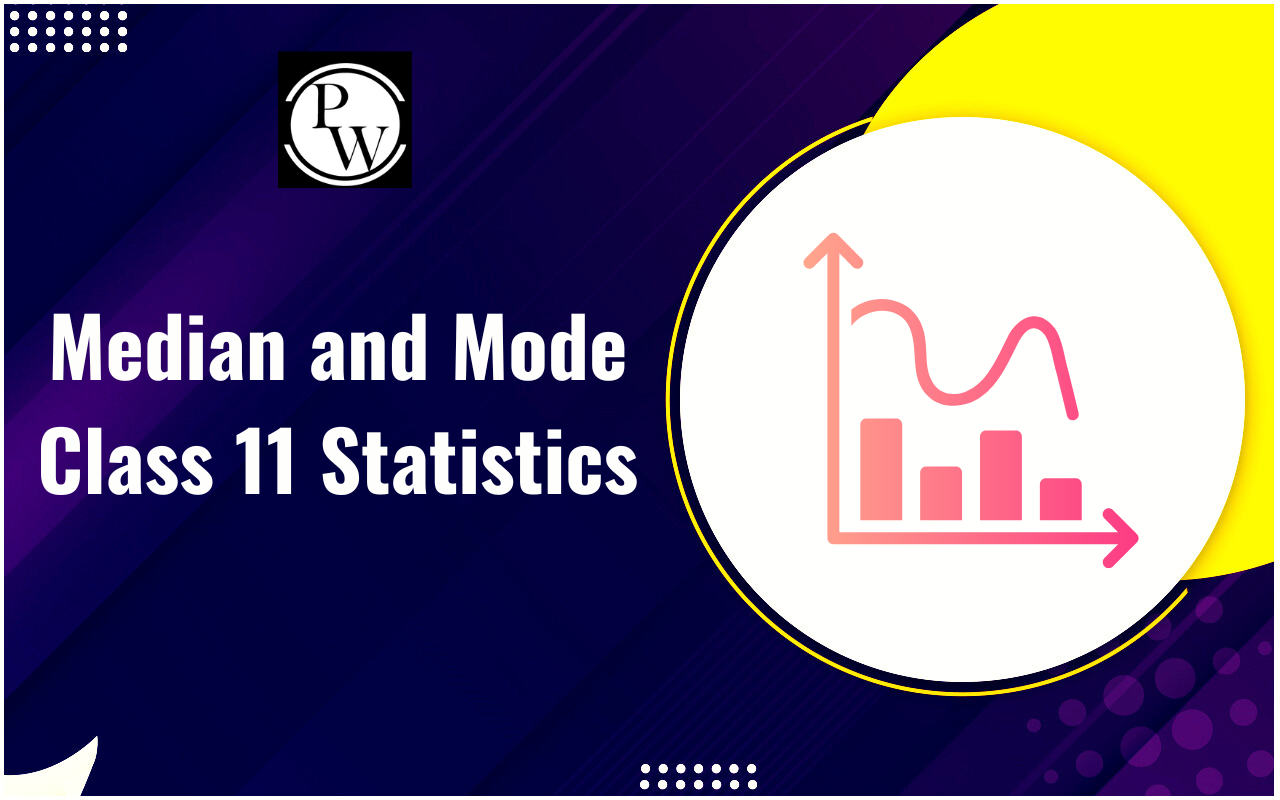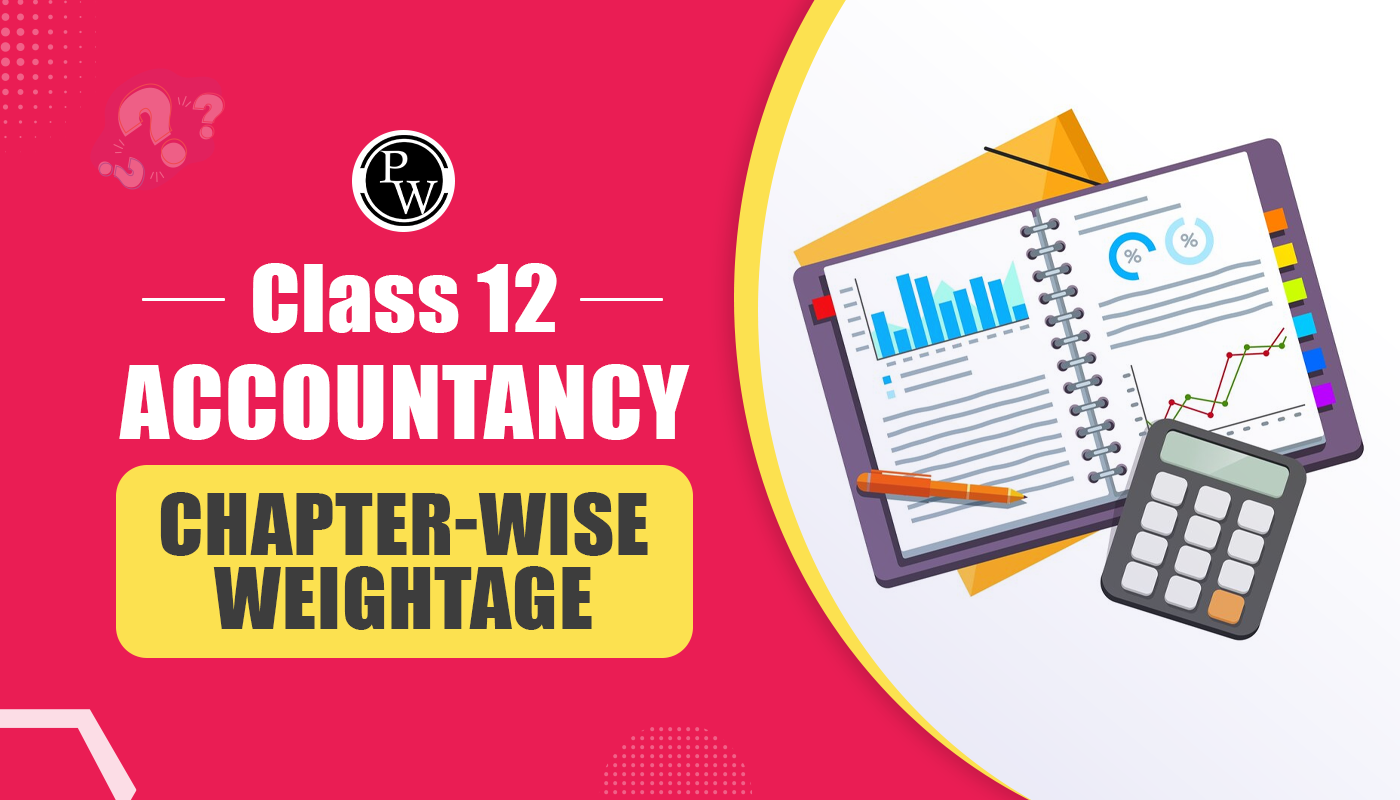
Depreciation Expense and Accumulated Depreciation: Depreciation is a fundamental aspect of Accounting. Computing depreciation in a company is essential to determine an asset's precise worth. Depreciation costs signify the extent of asset usage within the current fiscal year. In contrast, accumulated depreciation indicates the overall deterioration and ageing of the asset since its commencement. This article will discuss the difference between depreciation expense and accumulated depreciation.
What is the Depreciation Expense?
Depreciation expense is an expenditure category representing the portion of an asset's original cost that has been apportioned and disclosed as an outlay on the income statement during a specific reporting period. This expense is categorized as a non-cash item, adversely impacting the company's net income.
In the context of financial statements, the depreciation amount should be deducted from the business's annual income as presented in the income statement.
The computation of depreciation expense adheres to the accounting matching principle, which dictates that revenues earned in a given accounting period should always be balanced with corresponding expenses.
Depreciation expense hinges on four key factors:
- Cost of the Asset:
-
-
- The cost of the asset includes the invoice price of the asset minus any trade discounts. Additionally, it encompasses all costs necessary to bring the asset into a usable condition.
- For example, if a machine is purchased for Rs 8,32,680with Rs 1,66,529 in freight charges and Rs 2,49,840 in installation charges, the total cost of the machine for depreciation purposes would be Rs 12,49,204.50
- Financial charges like interest on borrowed money for asset purchase should not be included in the cost of the asset1.
-
- Estimated Scrap Value (Residual Value):
-
-
- The scrap value represents the amount expected to be realized after selling or disposing of an asset at the end of its useful life.
- When determining scrap value, consider any costs associated with disposal or removal of the asset. Deduct these costs from the total realizable value to arrive at the estimated scrap value.
-
- Estimated Useful Life:
-
- Also known as the economic life of the asset, estimated useful life can be expressed in terms of years, months, hours, units of output, or other relevant operating measures.
- For instance, a taxi or truck’s useful life might be measured in kilometers traveled.
- The estimated useful life helps determine how long an asset will remain productive and contribute to business operations
- Obsolescence in Asset Management
Obsolescence refers to the condition where an asset becomes outdated, inefficient, or no longer relevant due to technological advancements, changes in market demand, or other factors. It significantly impacts the value and useful life of an asset. Here are some key considerations related to obsolescence:
- Technological Obsolescence:
-
Rapid technological advancements can render certain assets obsolete. For example:
- Computers and Software: As technology evolves, older computers and software become less efficient and compatible with new applications.
- Smartphones: Newer models with better features can quickly make older ones obsolete.
- Industrial Machinery: Advances in automation and robotics may render older machinery less productive.
- Businesses must regularly assess their technology assets to identify obsolescence risks.
- Functional Obsolescence:
- This occurs when an asset’s design or functionality becomes outdated or inadequate.
-
Examples:
- Building Layouts: An office building designed without flexible workspaces may become functionally obsolete as work trends change.
- Vehicles: Older vehicles lacking safety features or fuel efficiency may be functionally obsolete.
- Regular maintenance and upgrades can mitigate functional obsolescence.
- Economic Obsolescence:
- External factors impact an asset’s value, such as changes in market demand, location, or regulations.
-
Examples:
- A factory located far from suppliers or customers may face economic obsolescence due to transportation costs.
- Legal changes (e.g., environmental regulations) can affect the value of certain assets.
- Businesses should consider economic factors when evaluating long-term investments.
- Planned Obsolescence:
- Some manufacturers intentionally design products with a limited lifespan to encourage frequent replacements.
- Common in consumer electronics (e.g., smartphones) and fashion industries.
- Businesses must weigh the benefits of planned obsolescence against customer satisfaction and environmental impact.
- Mitigation Strategies:
- Regularly assess assets for signs of obsolescence.
- Invest in research and development to stay ahead of technological changes.
- Consider flexible designs that allow for modifications as needs evolve.
- Monitor market trends and adjust asset portfolios accordingly.
In summary, understanding different forms of obsolescence is crucial for effective asset management. Businesses should proactively address obsolescence risks to optimize asset utilization and financial performance.
What is Accumulated Depreciation?
Accumulated depreciation represents the total depreciation costs incurred on an asset throughout its useful life, providing insight into its relative age. The cumulative depreciation for an individual asset or a set of assets grows as depreciation expenses are continually offset against the business's assets.
Let us look at the most important points of difference between depreciation expense and accumulated depreciation in the following table.
| Parameters | Depreciation Expense | Accumulated Depreciation |
| Definition | Depreciation expense is the amount of cost of an asset that is allocated and reported at the end of the financial year | Accumulated depreciation is the total depreciation that is incurred for an asset |
| Debit or Credit | Depreciation expense is placed as a debit | Accumulated depreciation is represented as a credit |
| Representation in the book of accounts | Reported in the balance sheet | Reported in the Income statement |
| Sale of Asset | Depreciation expense halted when the asset is sold | Accumulated depreciation gets reversed when the asset is sold |
Accounting for Depreciation in Real-Life Scenarios
Depreciation is a fundamental concept in accounting that allows businesses to allocate the cost of tangible assets over their useful life. Let’s explore how depreciation works in real-life scenarios:
Purpose of Depreciation:
- Wear and Tear: When a company acquires an asset (such as machinery, vehicles, or equipment), it undergoes wear and tear due to constant use for business purposes. Depreciation helps recognize this gradual reduction in value.
- Obsolescence: Technology evolves, rendering older assets obsolete. Depreciation accounts for the possibility that an asset may become inoperable or outdated.
- Real-Time Book Value: Depreciation ensures that the balance sheet reflects the actual value of tangible assets over time.
- Future Asset Purchase: The amount depreciated can be used to purchase new machinery or equipment when the old one reaches the end of its useful life.
Methods of Depreciation:
Companies use various methods to calculate depreciation:
- Straight-Line Method (SLM): Spreads the expense evenly over each accounting period. It’s commonly used for assets that lose value steadily over time.
- Declining Balance Method: An accelerated method that allows higher depreciation in the early years.
- Double Declining Balance (DDB): Another accelerated method that doubles the rate compared to straight-line.
- Units of Production Method: Depreciates based on actual usage or production output.
- Sum-of-Years Digits Method: Allocates more depreciation in earlier years.
Accounting Treatment:
The amount shown as a depreciation expense charged goes into the accumulated depreciation account on the balance sheet.
Accumulated depreciation represents the total depreciation recorded on an asset up to a specific date.
Real-Life Examples:
Imagine a manufacturing company that owns heavy machinery used in production. Over time, these machines experience wear and tear due to continuous operation. The company uses straight-line depreciation to allocate the cost of these machines over their useful life. As each year passes, a portion of their original cost is recognized as an expense on the income statement, reducing their book value.
Similarly, a transportation company with a fleet of delivery trucks applies declining balance depreciation. As newer trucks are purchased, older ones gradually lose value due to technological advancements and wear. The company adjusts its financial statements by recognizing higher depreciation in the early years of truck ownership.
Tax Implications:
Depreciation also affects tax calculations. Companies can take tax deductions based on their chosen depreciation method and applicable tax laws.
Depreciation Expense and Accumulated Depreciation FAQs
What Is the Purpose of Depreciation Expense?
Where Does Depreciation Expense Appear in Financial Statements?
How Is Accumulated Depreciation Calculated?
What Does Accumulated Depreciation Indicate?
Is Accumulated Depreciation a Liability?










